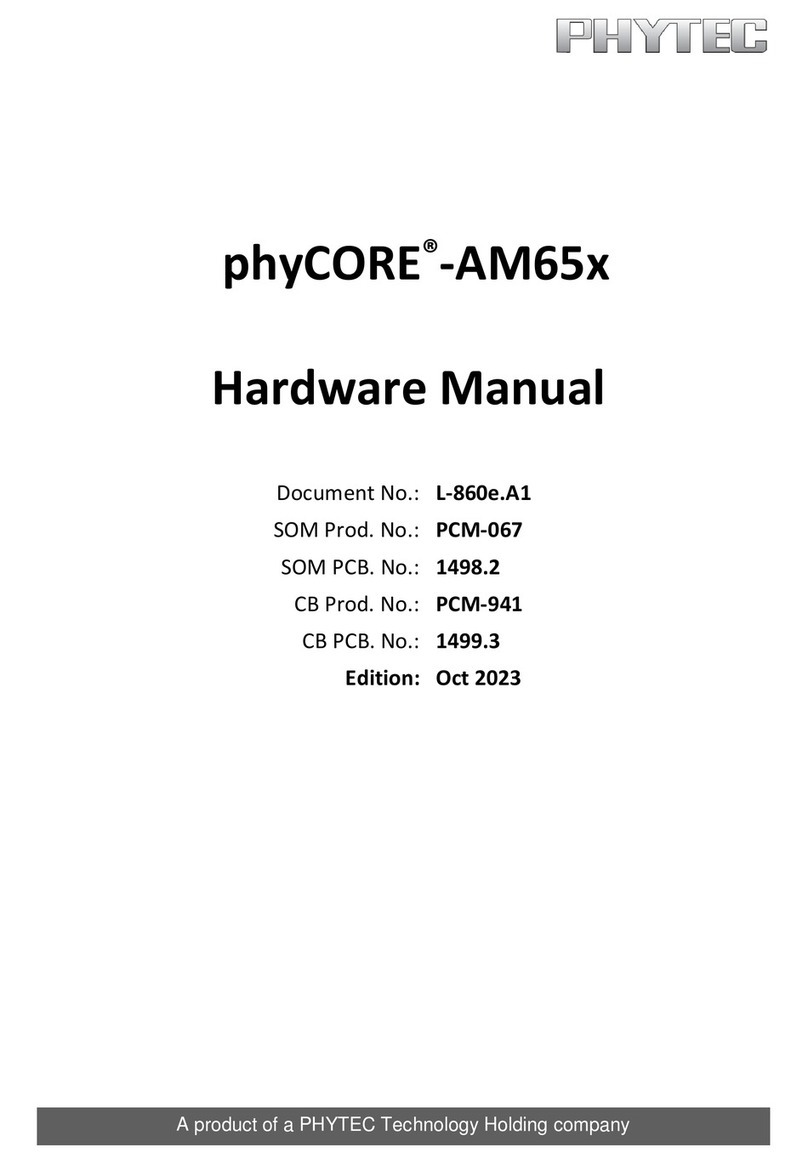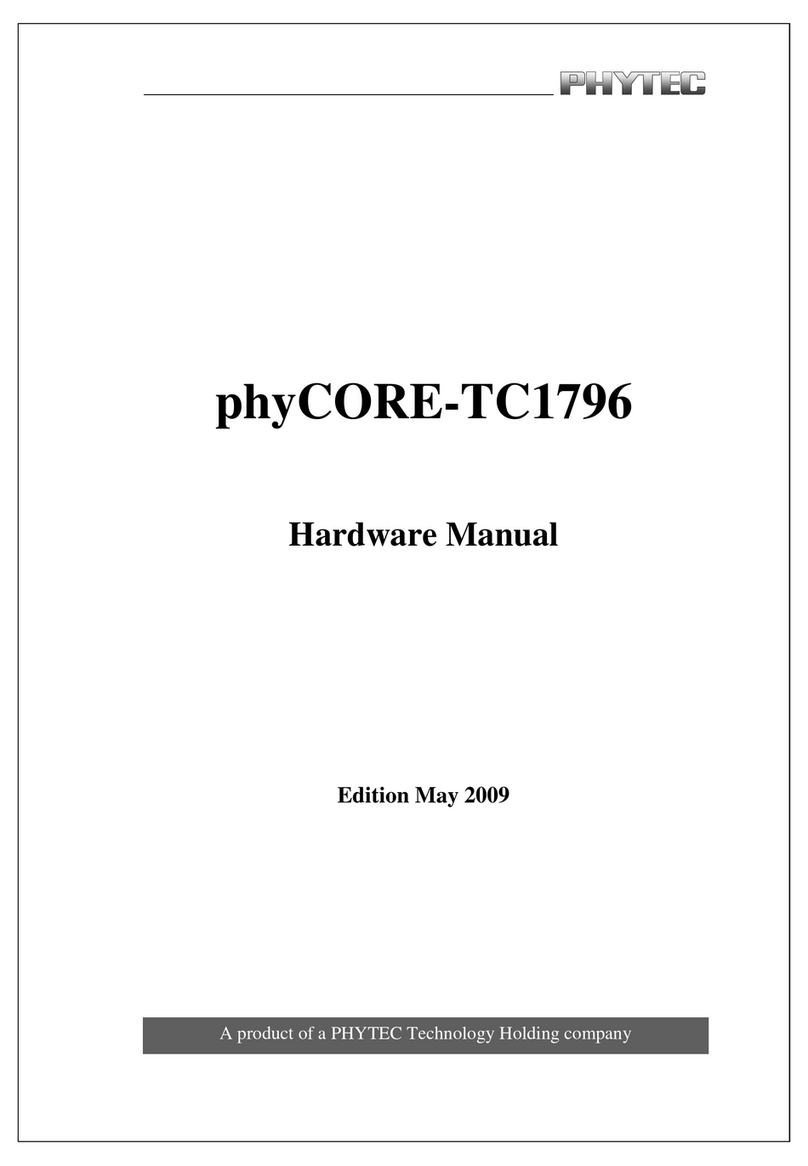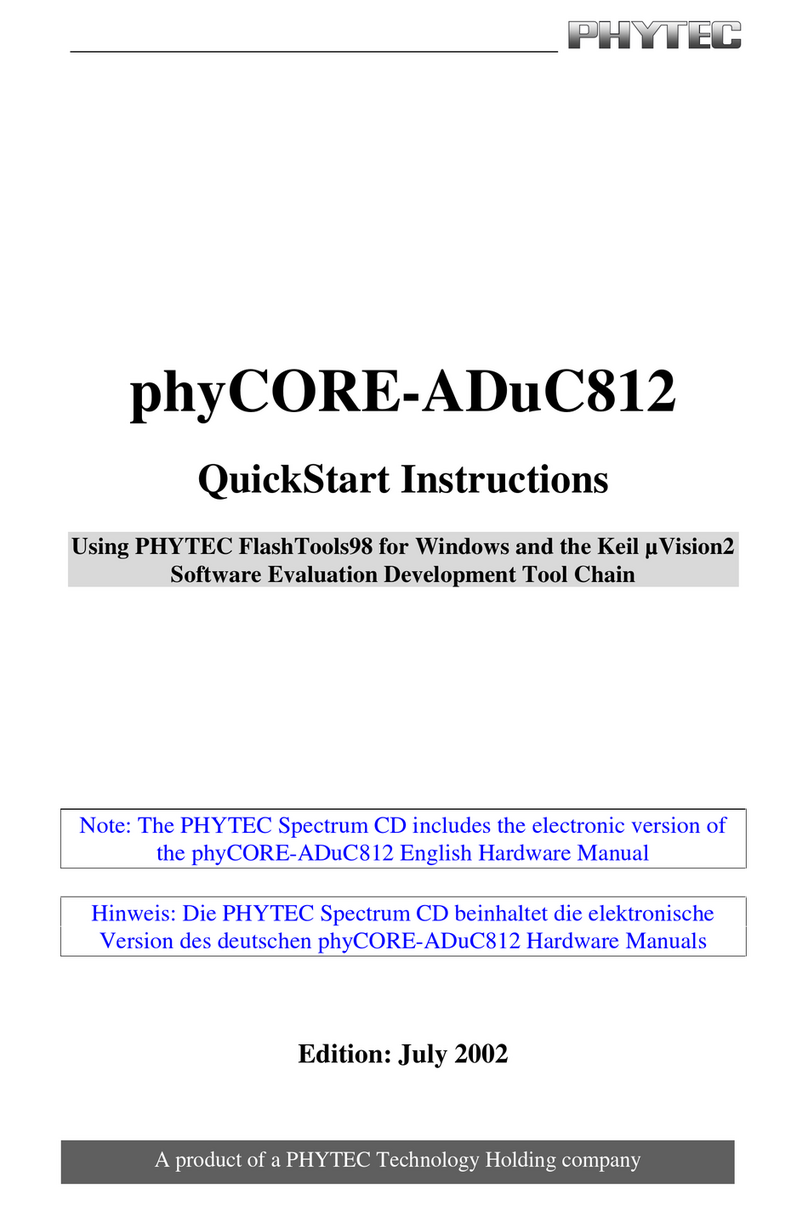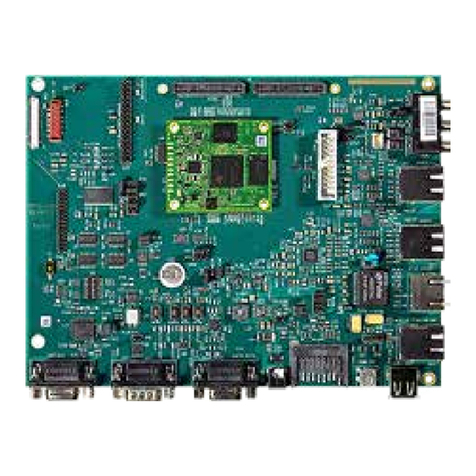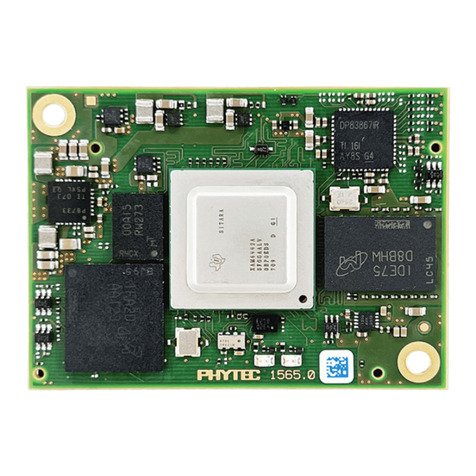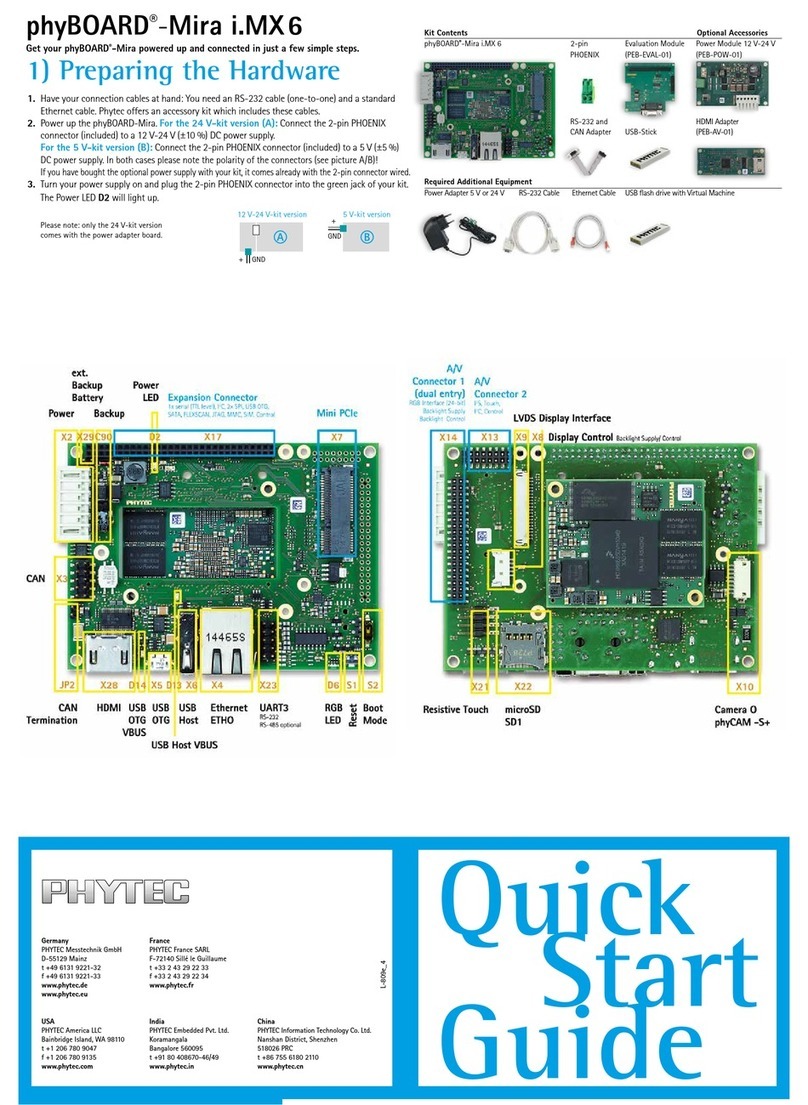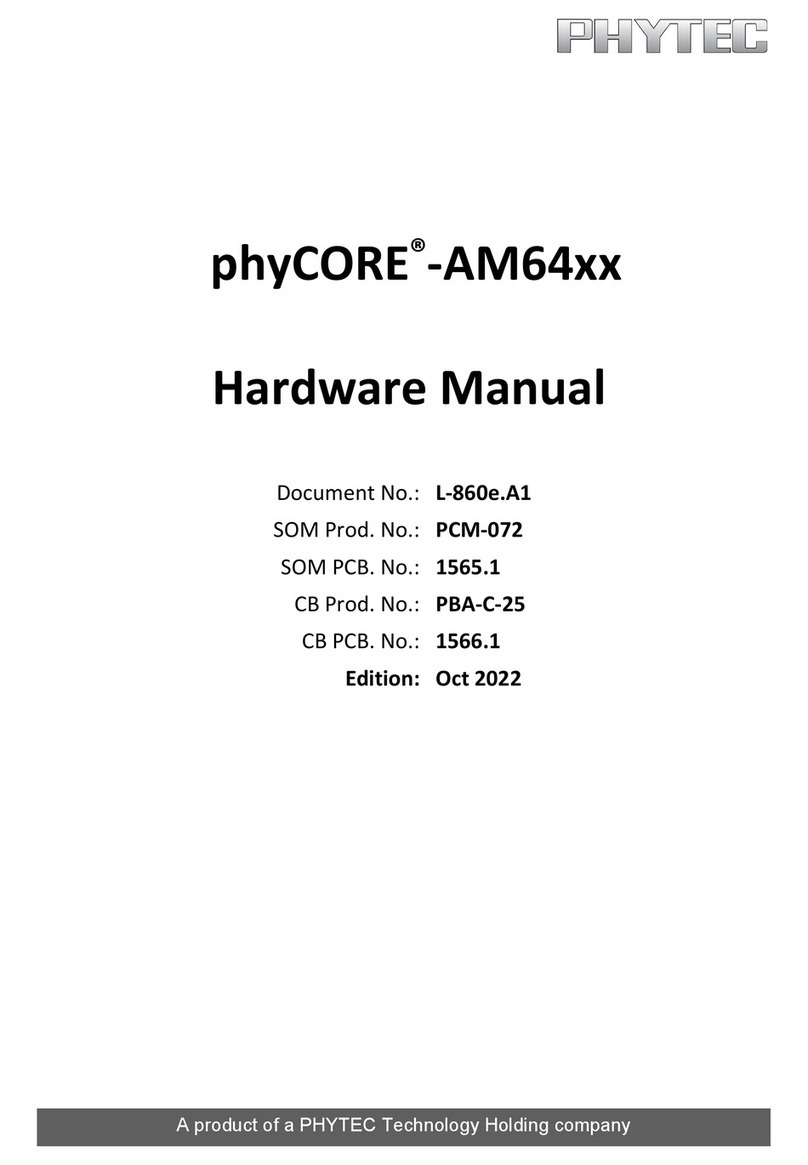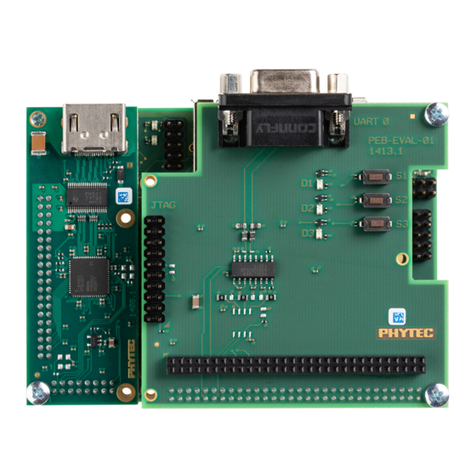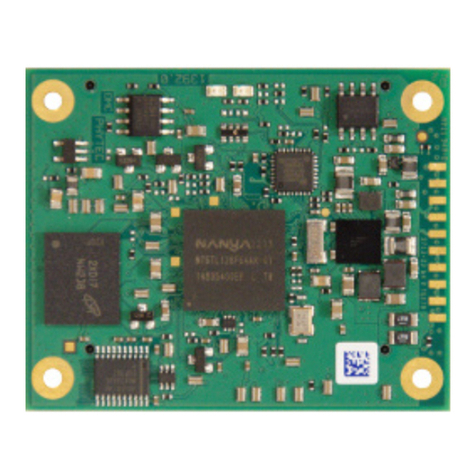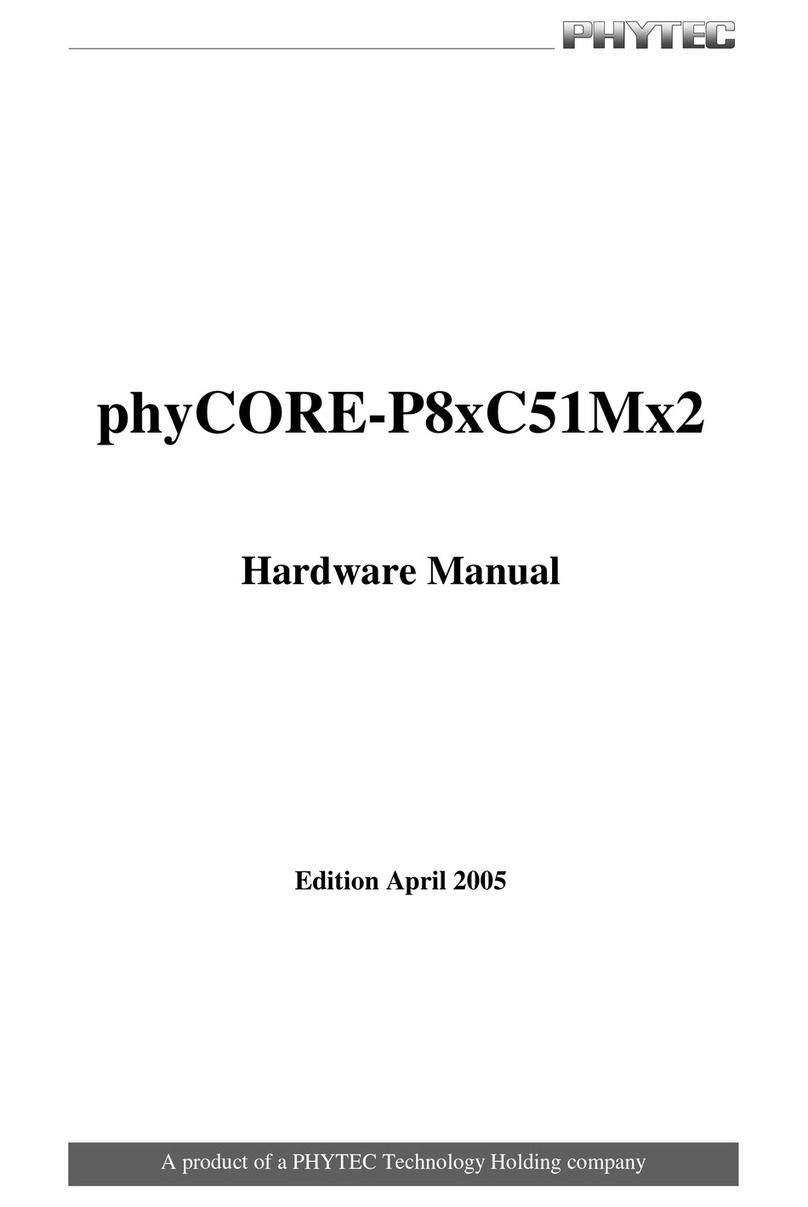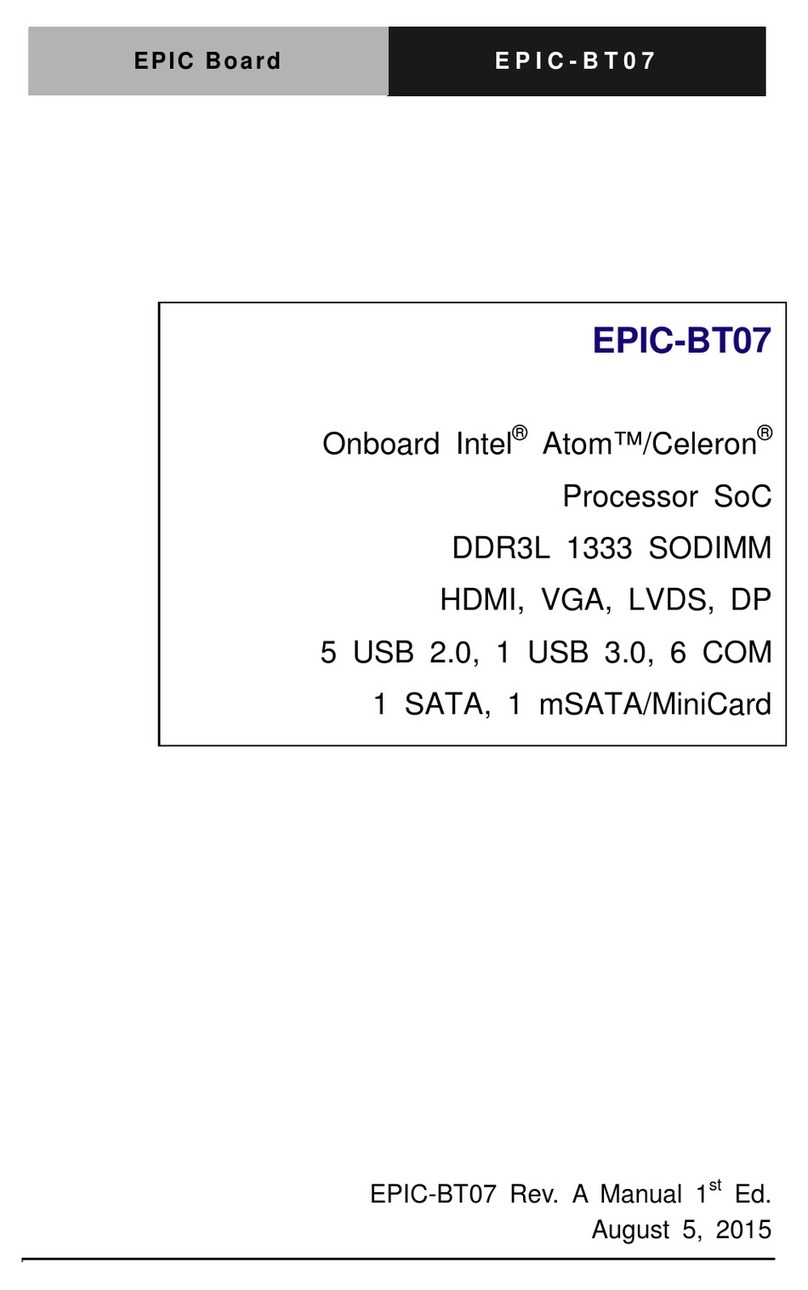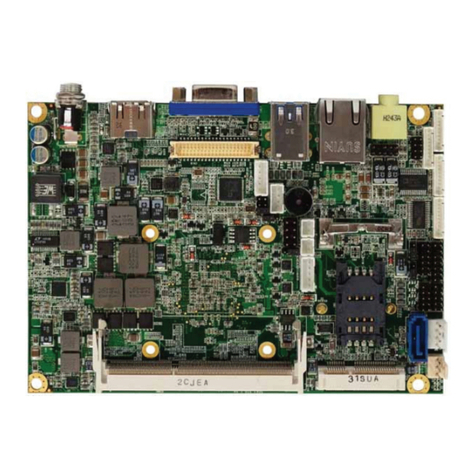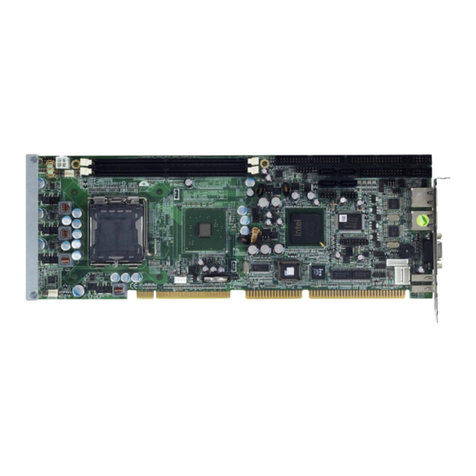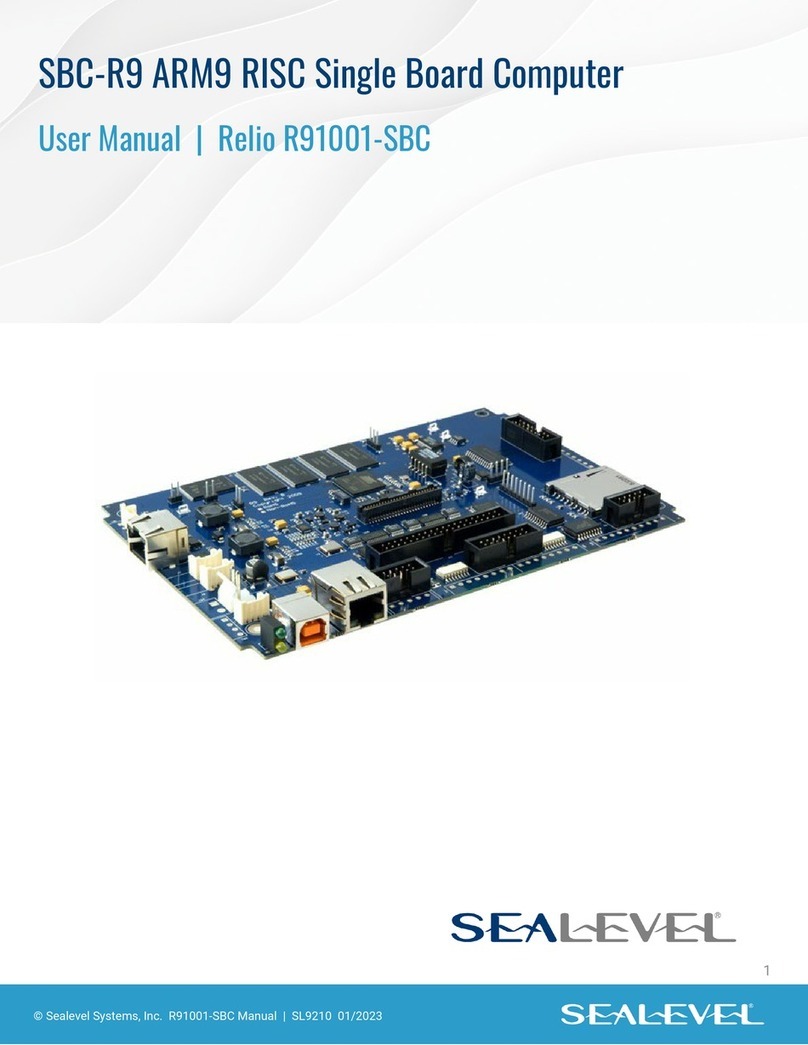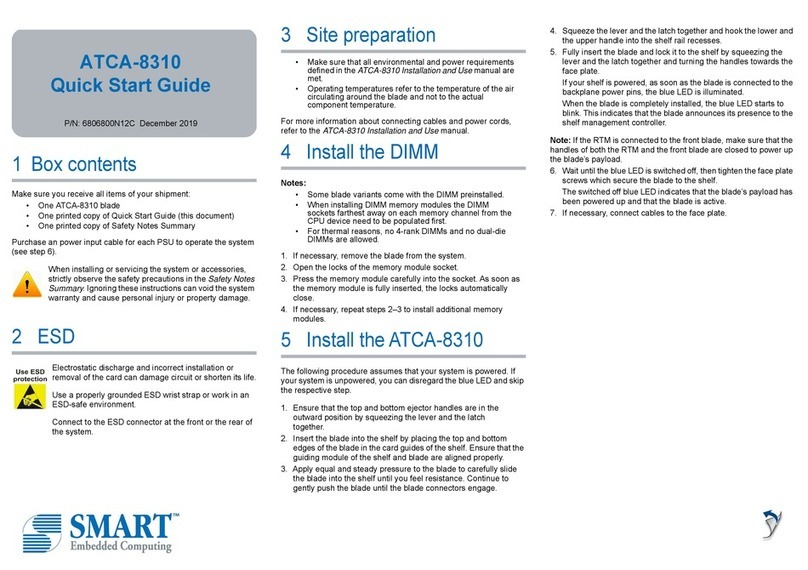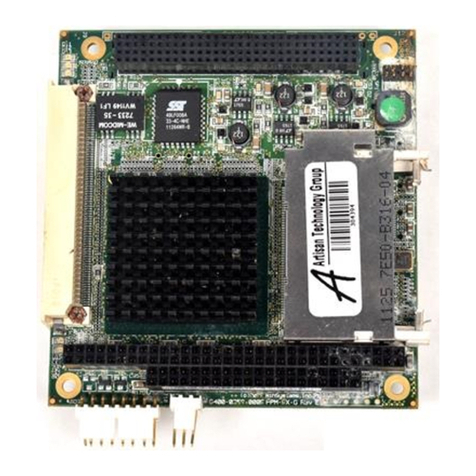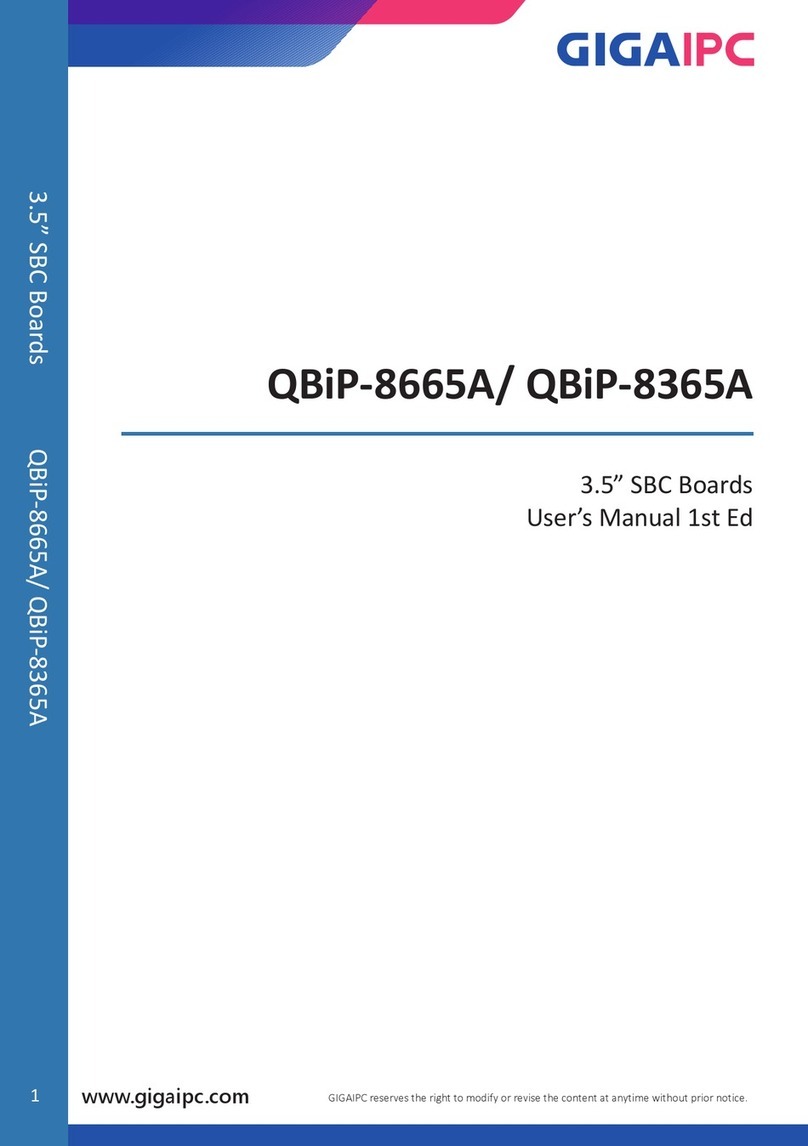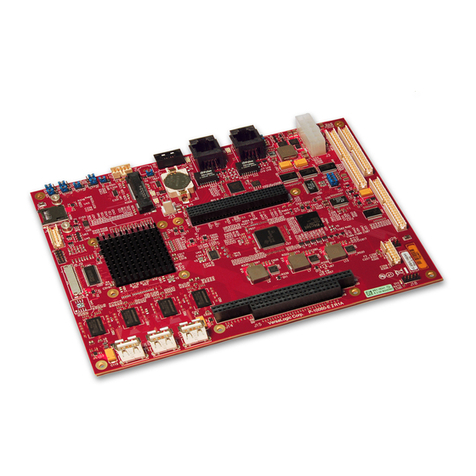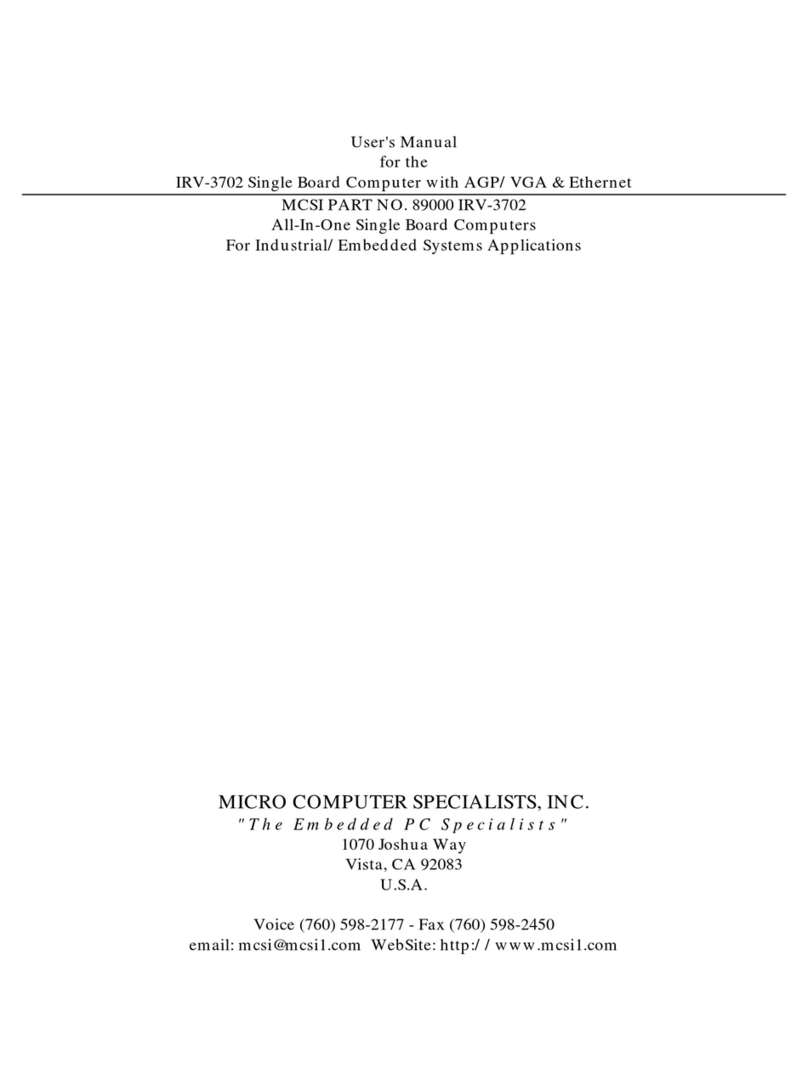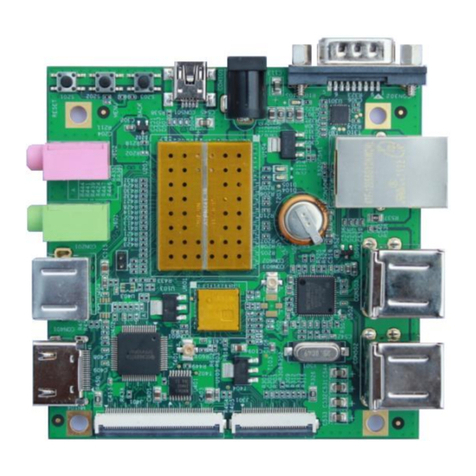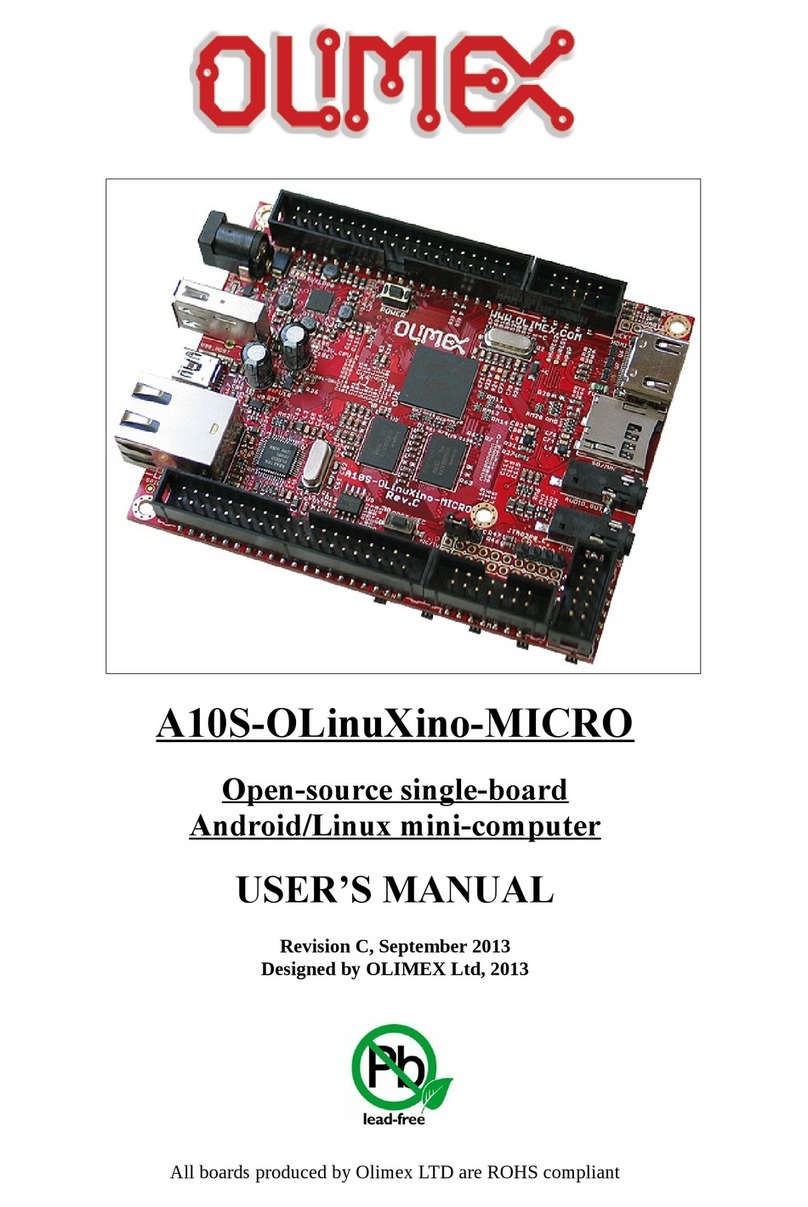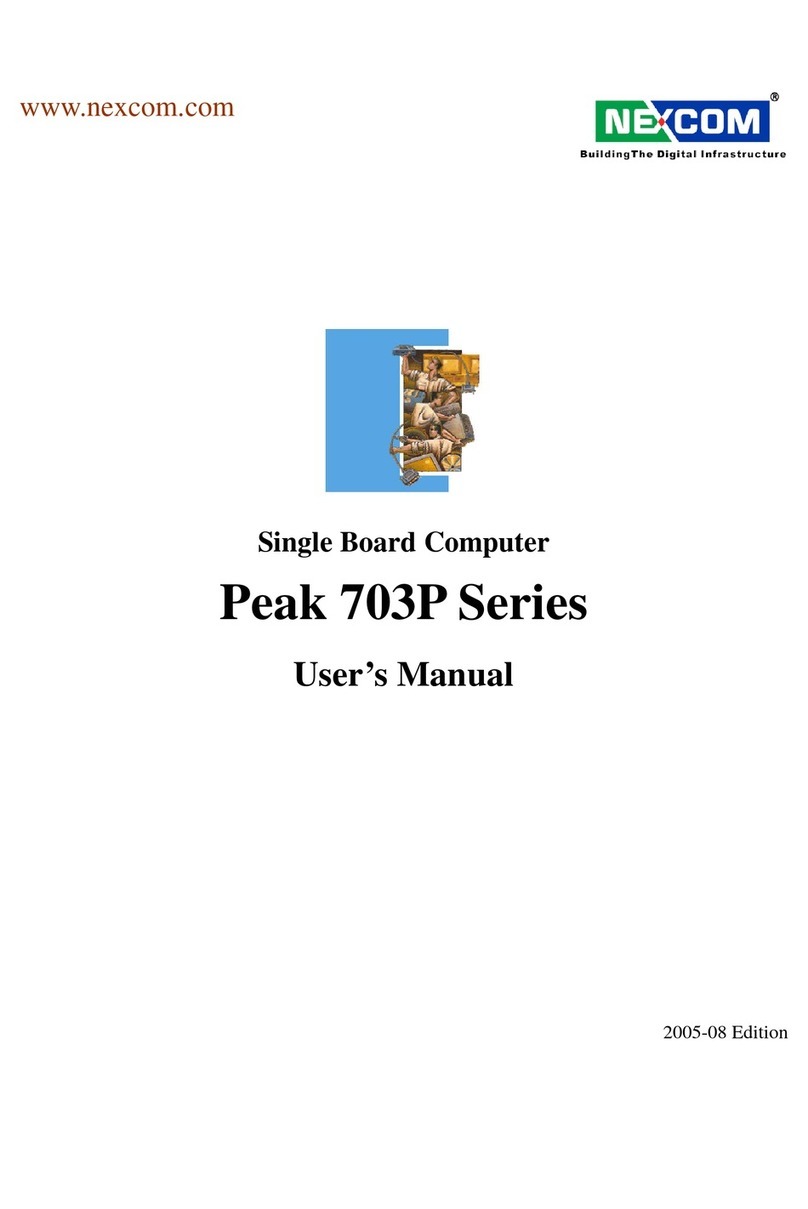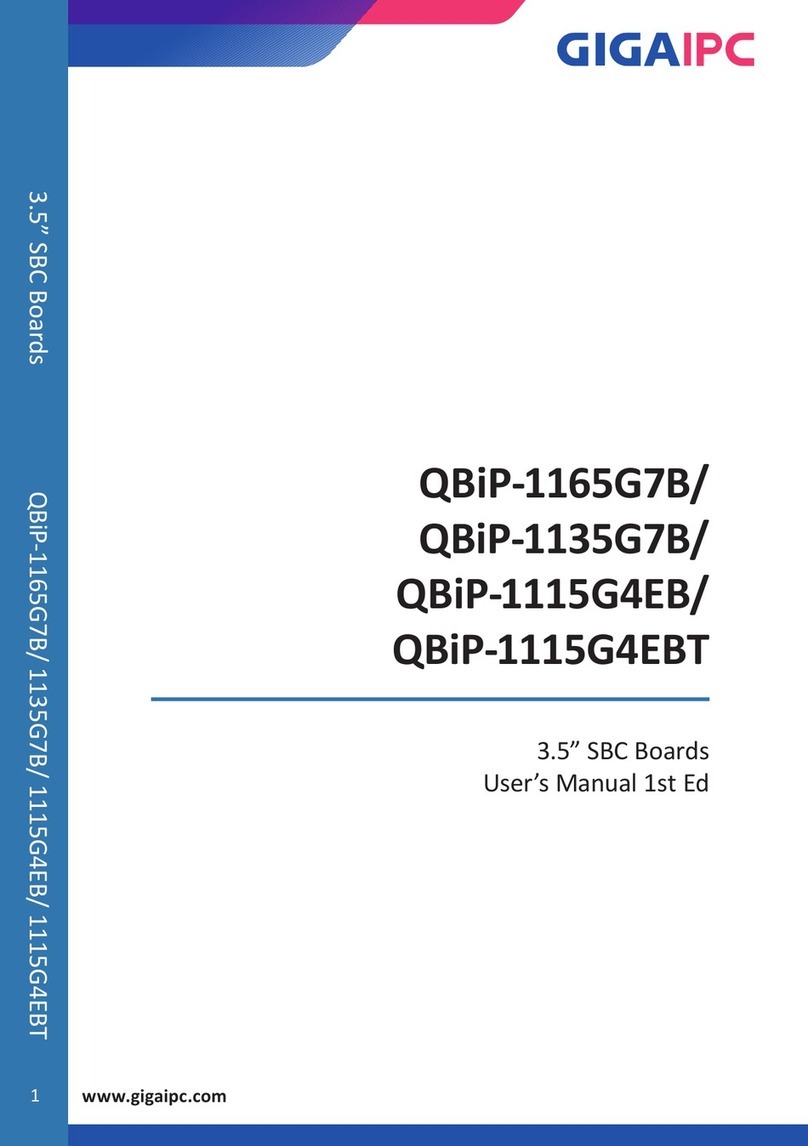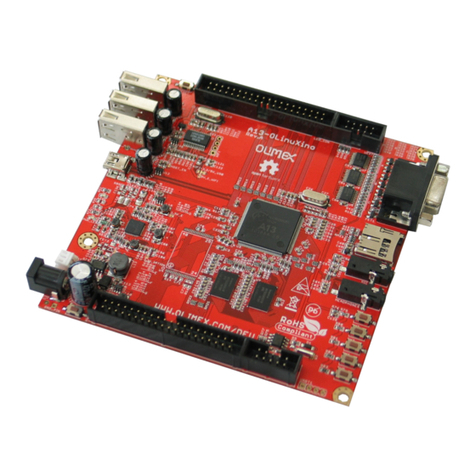
Table of Contents
PHYTEC Meßtechnik GmbH 2003 L-623e_1
Preface ......................................................................................................1
1 Introduction .........................................................................................3
1.1 Block Diagram..............................................................................6
1.2 View of the phyCORE-XC167.....................................................7
2 Pin Description.....................................................................................9
3 Jumpers..............................................................................................17
3.1 J1, J2 A/D Reference Voltage ...................................................23
3.2 J3 Internal or External Program Memory..................................23
3.3 J4, J35 SRAM U6/U7 Chip Select ............................................24
3.4 J5 SRAM Memory Size.............................................................25
3.5 J6 E²PROM/FRAM Supply Voltage .........................................25
3.6 J7 Write Protection of E²PROM /FRAM ..................................26
3.7 J8, J9 Address of the Serial E²PROM/ FRAM..........................26
3.8 J11, J12, J15, J16 CAN Interfaces.............................................27
3.9 J13, J14, J17, J18 CAN Transceiver..........................................28
3.10 J19 RTC Interrupt Output..........................................................29
3.11 J20, J21 Configuration of P9.4 and P9.5 for I²C Bus................29
3.12 J22 RTC (U13) Clock Output....................................................30
3.13 J23, J24 First Serial Interface ....................................................30
3.14 J25, J26 Second Serial Interface................................................31
3.15 J27 Ethernet Controller Chip Select..........................................32
3.16 J29 Ethernet Controller Sleep Mode..........................................32
3.17 J30 Ethernet Controller IRQ Signal...........................................33
3.18 J32 Write Protection of Flash....................................................33
3.19 J33, J34 SRAM Chip Select U5 ................................................34
3.20 J36 Organization of E²PROM U15...........................................34
4 System Configuration........................................................................35
4.1 System Startup Configuration.....................................................35
5 Memory Models.................................................................................39
5.1 Bus Cycle Phases........................................................................42
6 Serial Interfaces.................................................................................45
6.1 RS-232 Interface.........................................................................45
6.2 CAN Interface.............................................................................46
7 Real-Time Clock RTC-8564 (U13)...................................................47
8Serial E²PROM/FRAM (U8) ............................................................49
9 Flash Memory (U4)............................................................................51
10 Battery Buffer and Voltage Supervisor Chip (U9).........................52
11 CS8900A Ethernet Controller..........................................................53
